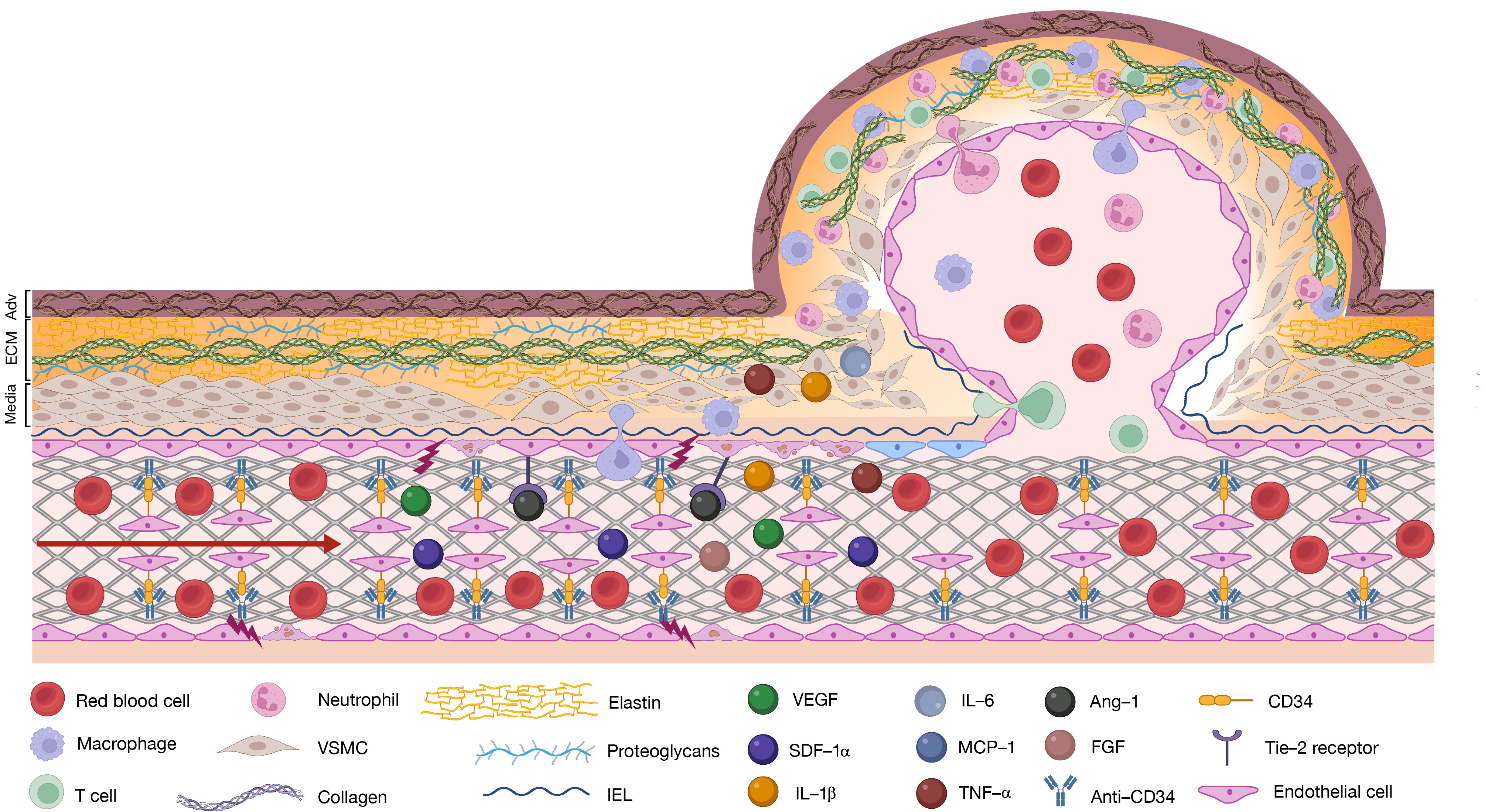BACKGROUND AND OBJECTIVES: The pipeline embolization device (PED) Flex with Shield technology is a third-generation flow diverter used for intracranial aneurysm treatment designed to decrease thrombogenicity through a phosphorylcholine coating. Herein, we aim to compare the rate of thromboembolic events in PED with Shield technology and PED without it through propensity score matching.
METHODS: We conducted a retrospective analysis of aneurysms treated with PED first-generation/PED Flex and PED with Shield between 2013 and 2023 at a single academic institution. Patients were matched through propensity score by controlling for confounding factors including age, smoking history, diabetes, previous subarachnoid hemorrhage, modified Rankin Scale pretreatment, location, aneurysm size, previous treatment, and clopidogrel or aspirin resistance. After matching, we evaluated for periprocedural and postoperative thromboembolic events. Data analysis was performed using Stata 14.
RESULTS: A total of 543 patients with 707 aneurysms treated in 605 procedures were included in the analysis. From these, 156 aneurysms were treated with PED with Shield (22.07%) and 551 (77.93%) without Shield technology. Propensity score matching resulted in 84 matched pairs. The rate of thromboembolic events was 3.57% for PED Shield and 10.71% for PED first-generation/PED Flex (P = .07), while retreatment rates were 2.38% for PED Shield and 8.32% for PED Flex (P = .09). Complete occlusion at first (P = .41) and last imaging follow-up (P = .71), in-stent stenosis (P = .95), hemorrhagic complications (P = .31), and functional outcomes (P = .66) were comparable for both groups.
CONCLUSION: This is the first study in the literature performing a propensity scored-matched analysis comparing PED with PED with Shield technology. Our study suggests a trend toward lower thromboembolic events for PED Shield, even after controlling for aspirin and clopidogrel resistance, and a trend toward lower aneurysm retreatment rates with PED Shield, without reaching statistical significance.
